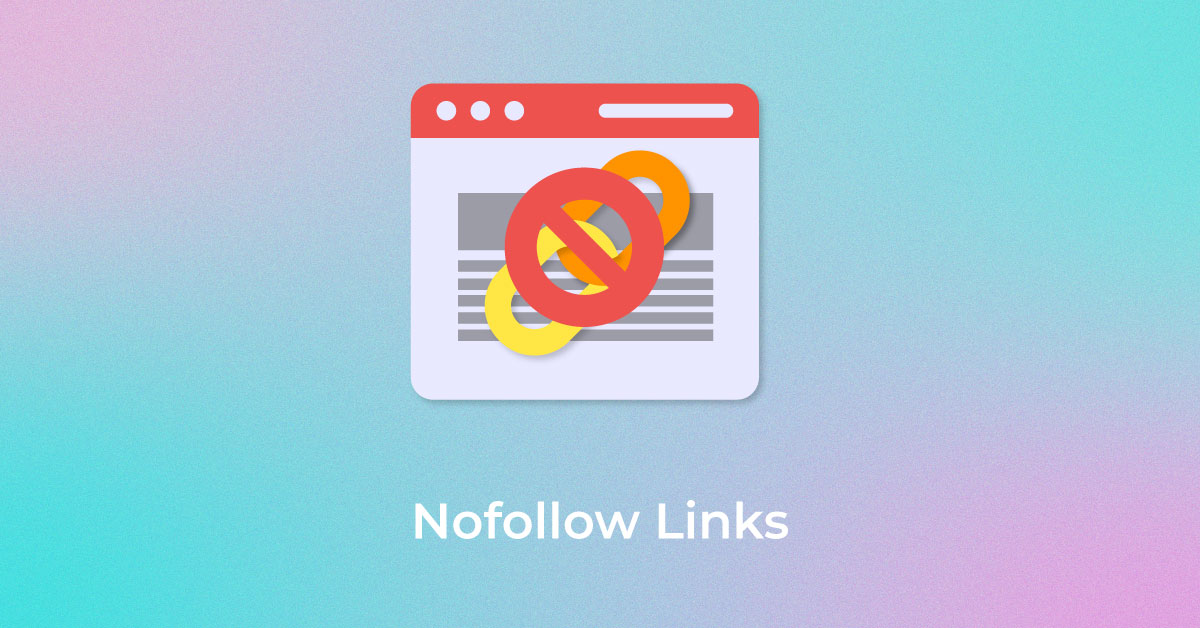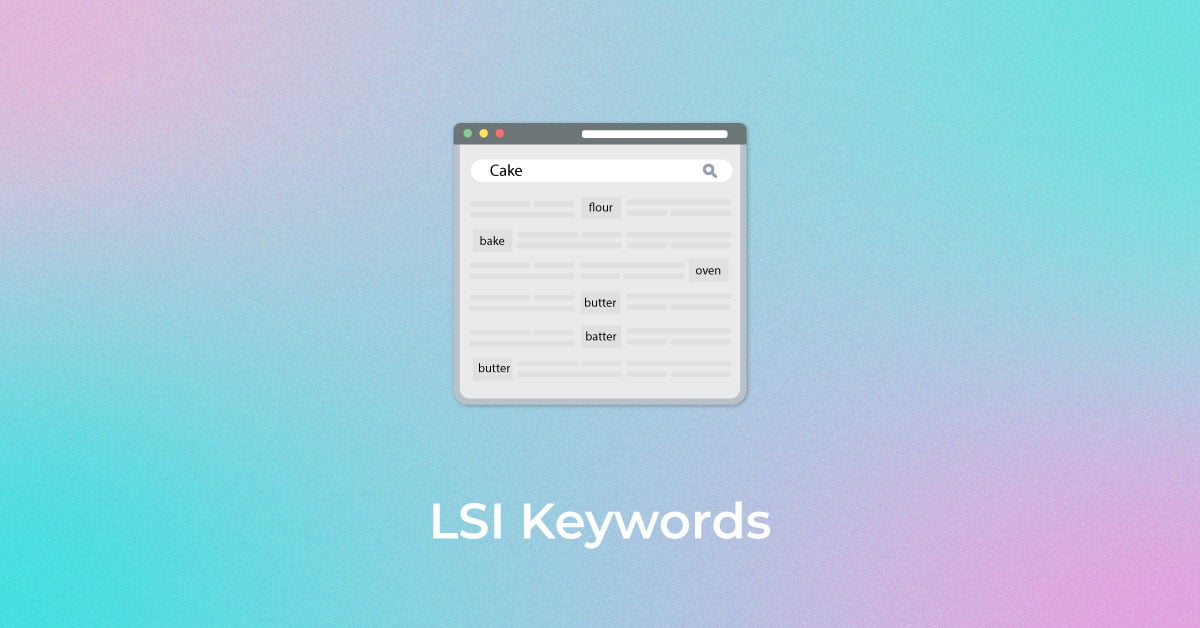Creating a content writing style guide is a key step in establishing a consistent brand voice and ensuring all your content aligns with your company’s identity. It serves as a roadmap for writers, editors, and content creators, helping them understand how to communicate with your target audience while adhering to your brand’s values and messaging. Think of it as a set of standardized guidelines that cover everything from grammar and punctuation to tone of voice and word choice, ensuring everyone is speaking the same language (literally!).
When crafting your content writing style guide, it’s essential to consider not only the textual elements but also the integration of SEO services. These services can help optimize your content for search engines, ensuring that the tone and structure of your content are aligned with SEO best practices. Having this go-to resource will streamline your content creation process and create a more cohesive and professional brand experience for your audience, while also enhancing visibility on search engines.
What is a Content Writing Style Guide?
A content writing style guide is a document that outlines the standards for writing content, ensuring consistency across all of a brand’s communication channels. Think of it as a set of company-specific writing guidelines that act as a major reference point for all writers, regardless of the content type. This helps maintain a unified brand voice and ensures everyone, from marketing teams to UX writers to freelance contributors, knows how to write for the brand. It covers everything from grammar and punctuation rules to tone of voice and preferred terminology. Ultimately, a content style guide helps organizations achieve a cohesive brand identity and produce high-quality content that resonates with their target audience. For those new to the field, understanding what content writing entails can be an essential first step in creating such guides effectively.
Why is a Content writing Style Guide Important?
A content writing style guide is like a rule book for your brand’s voice. It helps ensure everyone who creates content for your brand is on the same page, using the same tone, language, and style. This consistency is crucial for several reasons, including the effective promotion of your brand through content marketing services. These services ensure that your content is not only cohesive but also optimized to reach and engage your target audience. By following a unified guide, your content marketing strategy becomes more impactful and aligned with your brand’s overall goals.
Consistency: Content style guides ensure your brand maintains a consistent voice across all communication platforms and content types. This consistency in tone, language, and style helps create a stronger and more unified brand identity. For instance, a style guide might recommend using a friendly and approachable tone for customer interactions while maintaining a more formal tone in official documentation. It could also advise against using slang or jargon if your brand aims for a professional tone, ensuring that whether someone is reading a social media post or a technical whitepaper, the experience feels cohesive and recognizable.
Communication: Style guides facilitate smoother communication between different teams and departments involved in content creation. By establishing clear guidelines for spelling, punctuation, and other language choices specific to the company, a style guide minimizes misinterpretations and inconsistencies. This shared understanding ensures everyone is speaking the same language and reduces the likelihood of errors or conflicting messages.
Professionalism: Adhering to a content style guide enhances professionalism by showcasing a commitment to quality and attention to detail. Content that is well-written, consistently formatted, and error-free makes the brand appear more credible and trustworthy to the audience. For example, a style guide might encourage using the serial comma or avoiding passive voice for a more polished writing style, demonstrating care for language, and reinforcing a professional image.
Collaboration: Content style guides are crucial for seamless collaboration, especially when working with external writers or agencies. By providing a shared reference point for everyone involved, a style guide ensures that everyone understands the desired voice, tone, and style from the outset. This shared understanding makes collaboration smoother, reduces back-and-forth edits, and helps maintain brand consistency across all content pieces, whether created in-house or by external contributors.
Efficiency: Style guides streamline the content creation process and improve efficiency. By providing clear guidelines upfront, they eliminate guesswork and reduce time wasted on stylistic debates or corrections. This allows writers and editors to focus on crafting high-quality, on-brand content more efficiently, saving time and resources in the long run. Instead of debating whether to use “e-commerce” or “ecommerce,” writers can refer to the style guide and maintain consistency.
How to Create Your Content Style Guide
Define Your Brand Voice and Tone
Your brand’s voice embodies its personality, while the tone reflects how that personality adapts to different situations. To define your voice, consider how you’d describe your brand if it were a person. For example, is your brand friendly, authoritative, or humorous? This voice should remain consistent across all your content. The tone, on the other hand, allows for flexibility depending on the context. For instance, you might use a formal tone for technical documentation and a more casual tone for social media posts, even if your brand’s voice is consistently professional. Clearly define both your voice and tone within your style guide.
Determine the Usage Rules
This section ensures everyone is on the same page regarding grammar, punctuation, spelling, and capitalization. Start by deciding whether to adopt an existing style guide, such as the AP Stylebook or the Chicago Manual of Style, or create your own based on one of these. Address common grammar questions like the Oxford comma or using contractions. Create a list of frequently misused words specific to your industry and clarify their correct usage. For example, if your company frequently uses the term “e-commerce,” specify whether you prefer “ecommerce,” “e-commerce,” or another variation.
Involve Key Stakeholders
Developing a content style guide should be a collaborative effort involving representatives from various departments like marketing, customer service, and product development. Each department offers valuable insights into how the brand communicates with different audiences, ensuring the style guide meets diverse needs. Consider organizing workshops or brainstorming sessions to facilitate this collaborative process. This inclusive approach not only gathers diverse perspectives but also fosters a sense of ownership and encourages wider adoption of the style guide within the company.
Make it Accessible and Easy to Navigate
A user-friendly style guide is key to its adoption. Create a digital version that’s easily searchable, well-organized, and accessible to everyone involved in content creation. Use a clear table of contents, headings, and subheadings to improve navigation and readability. For instance, organize your style guide with a searchable table of contents like Microsoft’s content style guide. Consider hosting your style guide on a shared platform or a cloud-based document. This ensures everyone can easily access and refer to the most up-to-date version, minimizing confusion and promoting consistency across all content.
Identify Your Writing Style
Beyond your brand voice and tone, define a consistent writing style that resonates with your target audience. For example, will you use a conversational and engaging style or a more formal and informative approach? Determine your preference for active or passive voice and outline how to handle industry-specific jargon or technical terms. Consider your audience and the type of content you produce. A technology company might opt for concise, clear, and factual writing, while a lifestyle brand might prefer a more engaging and conversational style. Clearly articulating these stylistic preferences in your style guide helps maintain consistency and creates a more unified brand experience for your audience.
Set Up an Editorial Calendar
While not directly related to writing style, an editorial calendar helps ensure consistent, high-quality content creation aligned with your style guide. An editorial calendar allows you to plan content in advance, preventing rushed work that might deviate from established guidelines. It also provides a platform to track content progress, assign content creators, and ensure your style guide is applied across all scheduled content, contributing to a cohesive and well-structured content strategy.
Set Standards for Visuals
Visual consistency is as crucial as written consistency for a strong brand identity. Your style guide should outline standards for using visual elements like images, videos, and infographics. Specify image quality, preferred style, and any branding guidelines for visual content. For example, indicate if you prefer using illustrations over stock photos or if there are specific color palettes to adhere to. Consistent visuals create a more cohesive and professional brand experience, reinforcing your brand identity and enhancing the visual appeal of your content.
Include Examples and Templates
Examples and templates transform abstract guidelines into concrete applications. Showcase what “good” content looks like by including examples of different content types, such as blog posts, social media updates, and website copy, all written according to your style guide. Provide before-and-after editing examples to illustrate common mistakes and demonstrate their solutions. Offering templates for frequently used content formats, like email newsletters or social media posts, can save writers time and ensure adherence to your style guidelines.
Create a Style Guide Template
Developing a content style guide from scratch can feel overwhelming. Thankfully, numerous free templates are available online that you can customize to your specific needs. These templates offer a valuable starting point and ensure you address all essential elements. You can also refer to publicly available style guides from brands you admire, such as Mailchimp, Intuit, or Google, to gather inspiration and understand best practices in the field. Remember, your content style guide is a living document that should evolve alongside your brand. Regularly review and update it to reflect changes in your brand voice, target audience, and content strategy.
What to Include in Your Content Style Guide
A content style guide ensures your brand communicates with a consistent and recognizable voice across all platforms and content types. Here’s a breakdown of key elements to include:
Tone of Voice:
A content style guide should define the overall personality and attitude conveyed through written content. This encompasses your brand’s core values and how those translate into written communication. For instance, a brand known for innovation might adopt a voice that is forward-thinking and enthusiastic, while a brand focused on sustainability might use a voice that is earnest and informative. Consider factors like formality (formal vs. casual), humor (serious vs. funny), and respectfulness (respectful vs. irreverent). Provide clear examples of how this tone should be used in different contexts, such as website copy, social media posts, or error messages.
Writing Conventions:
This section covers the nuts and bolts of grammar, punctuation, and word choice. Determine whether to adhere to a specific style guide, such as the AP Stylebook or Chicago Manual of Style. This ensures consistency in aspects like the Oxford comma, capitalization, handling numbers, and more. Additionally, list industry-specific terms and their preferred usage. For example, a tech company might specify whether to use “e-commerce” or “ecommerce.” This section also includes guidelines for using inclusive language, such as avoiding gendered terms and outdated phrases. For writing efficiency and creativity, explore AI-driven content generator tools that can enhance content quality while maintaining the tone and style outlined in your guide.
Formatting Standards:
This section aims to maintain visual consistency in your written content, covering aspects like font type and size, headings, subheadings, bullet points, and spacing. Specify whether to use numerals or words for numbers, how to format dates and times, and any preferences for indentation or alignment. These standards ensure a clean and consistent look and feel across all your written materials, enhancing readability and professionalism.
Images and Graphics Standards:
Establish clear guidelines for using visual elements, including image resolution, style, and attribution. Specify acceptable file formats and guide sourcing images ethically, either through free image sites, paid stock photography platforms, or original graphics created in-house. For instance, you might require images to be high-resolution, use a consistent color palette, or adhere to a specific aspect ratio. These standards maintain your brand’s visual identity and ensure all visuals complement your written content effectively.
Social Media Guidelines:
These guidelines extend your brand voice and tone to social media platforms. Outline how your brand personality should be reflected in social media posts, comments, and interactions. Provide examples of appropriate language and topics to address, considering the more casual and conversational nature of social media. Additionally, outline any rules regarding hashtags, mentions, or sharing company news on social media. These guidelines help maintain a consistent brand presence across various social platforms, ensuring your messaging aligns with your overall content strategy.
Content Style Guide Examples from Top Brands
Content style guides from top brands offer valuable insights and inspiration for creating your own. Let’s look at two examples: HubSpot and Mailchimp.
HubSpot
The content style guide produced by HubSpot is praised for being comprehensive, well-organized, and easy to digest. It covers a variety of topics, including voice, grammar, spelling, punctuation, capitalization, and formatting. It also gives specific guidance for different communication channels, like social media, email, and blog posts, acknowledging the different styles and best practices for each platform. HubSpot emphasizes clear, accurate, and concise writing in its guide.
One thing that makes HubSpot’s guide stand out is its use of “do’s and don’ts” to illustrate its points. For instance, the guide might offer an incorrect example and then demonstrate how a writer could fix it. HubSpot also provides writers with practical tips for crafting engaging headlines and titles that draw readers in. Beyond these style and mechanics guidelines, HubSpot’s guide encourages content creators to understand their audience before crafting their message. This audience-centric approach helps writers create content that resonates with readers.
Mailchimp
Mailchimp’s content style guide is widely admired. It’s known for its clarity, consistency, and user-friendliness. It is often cited as a model for other brands to emulate and is sometimes referred to as the “holy grail” of content style guides. Mailchimp emphasizes creating effective marketing campaigns that align with the brand’s identity and values. This includes clearly communicating across a variety of channels, including email, websites, and social media. Mailchimp offers guidance on a range of topics including:
Tone of Voice: Mailchimp’s guide helps establish a distinct and recognizable tone of voice that embodies the brand’s personality.
Word Choice and Grammar Usage: The guide provides clear guidelines on grammar and vocabulary choices, ensuring consistency in language across all content.
Visual Guidelines: Mailchimp understands the power of visuals and guides effectively incorporating elements like images and videos into marketing campaigns.
Word List: One of the highlights is its concise word list that outlines how to deal with commonly misused or misspelled words.
By providing clear guidelines and practical examples, Mailchimp’s guide helps marketers create cohesive and effective campaigns that resonate with their target audience.
Common Mistakes to Avoid When Creating a Content Style Guide
Creating a content style guide is crucial for establishing a consistent brand voice and ensuring content quality. However, there are some common pitfalls to avoid:
Lack of Clarity and Specificity
Content style guidelines should be written clearly and explicitly to avoid inconsistent application and confusion among content creators. Providing specific directions and examples can help ensure that everyone understands the guidelines and can use them effectively. For instance, instead of stating “maintain a professional tone,” the guidelines should specify the desired level of formality and offer examples of fitting language for different situations, like social media interactions, customer service emails, blog posts, or press releases. Another approach is to use “do’s and don’ts” with practical examples of both correct and incorrect usage.
Overly Complex Guidelines
A style guide shouldn’t be overly complicated or long, even if it needs to be comprehensive. An excessively detailed style guide can be overwhelming and difficult to use, hindering its effectiveness. Content creators might find it cumbersome to navigate, defeating the purpose of having a style guide in the first place.
To make the style guide more accessible, try to use straightforward language, create a logical structure, and use clear headings to enhance readability and make it easier for users to find the information they need. Focusing on the most crucial guidelines and providing links to supplementary resources for more in-depth information can also enhance usability. For instance, you could link to HubSpot’s guide to SEO for more detailed information about SEO best practices.
Ignoring User Feedback
A content style guide should be a dynamic document that evolves, incorporating feedback from its users, including writers, editors, and other content creators. Gathering feedback can help you identify areas that need improvement or clarification. You could implement a system for collecting feedback, like using a shared document or conducting online surveys. It’s also helpful to involve multiple teams in the creation of the style guide from the beginning. This collaborative approach can help mitigate opposition to new guidelines and ensure that the guide meets the needs of all stakeholders.
Infrequent Updates
Language is constantly changing, as are style preferences and brand messaging. An outdated content style guide can result in inconsistencies and may no longer accurately represent the brand. To prevent this, set up a regular schedule for reviewing and updating the style guide. This will help ensure that the guide stays aligned with current practices in your industry and with your brand’s evolving voice. You can encourage content creators to stay involved in the updating process to ensure that they are engaged with the guide and view it as a valuable resource.
Neglecting Digital Accessibility
Content should be accessible to all users, including those with disabilities. This means that style guides should incorporate accessibility guidelines to help content creators make their content perceivable, operable, understandable, and robust for all users. For instance, the guide should emphasize the importance of using clear and concise language, adding alt text for images to improve their accessibility for people who use screen readers, and choosing color combinations that provide enough contrast.
Focusing Solely on Written Content
While a content style guide should address written content, it shouldn’t be limited to text alone. Other formats, like videos, podcasts, social media graphics, and infographics also need to be addressed. Consider providing guidelines for these formats, ensuring that they are in alignment with your brand voice and tone. For example, the style guide could specify preferred video styles, aspect ratios for social media graphics, or rules for incorporating music and sound effects in multimedia content.
Conclusion
As we finalize our content style guide, we recognize its key role in shaping consistent brand communication. It ensures that every message aligns with our brand’s identity, builds trust, and supports a cohesive narrative. This guide is a living document, evolving with our brand and the changing digital landscape. Regular updates will keep it relevant and effective.
Creating your own guide can be a rewarding but time-consuming process, especially if you’re navigating it alone. If you’re feeling overwhelmed or simply want to skip the hassle, Infidigit’s expert content writing services are here to help. Our seasoned professionals will craft a style guide tailored to your brand’s unique voice and needs, ensuring clarity, accessibility, and thoroughness.
Why struggle to figure it all out on your own? Let Infidigit handle the complexities while you focus on your core business. With our support, your brand’s content will not only stand out but also leave a lasting impact. Ready to elevate your brand’s communication? Reach out to us today!
Popular Searches
How useful was this post?
5 / 5. 1

















